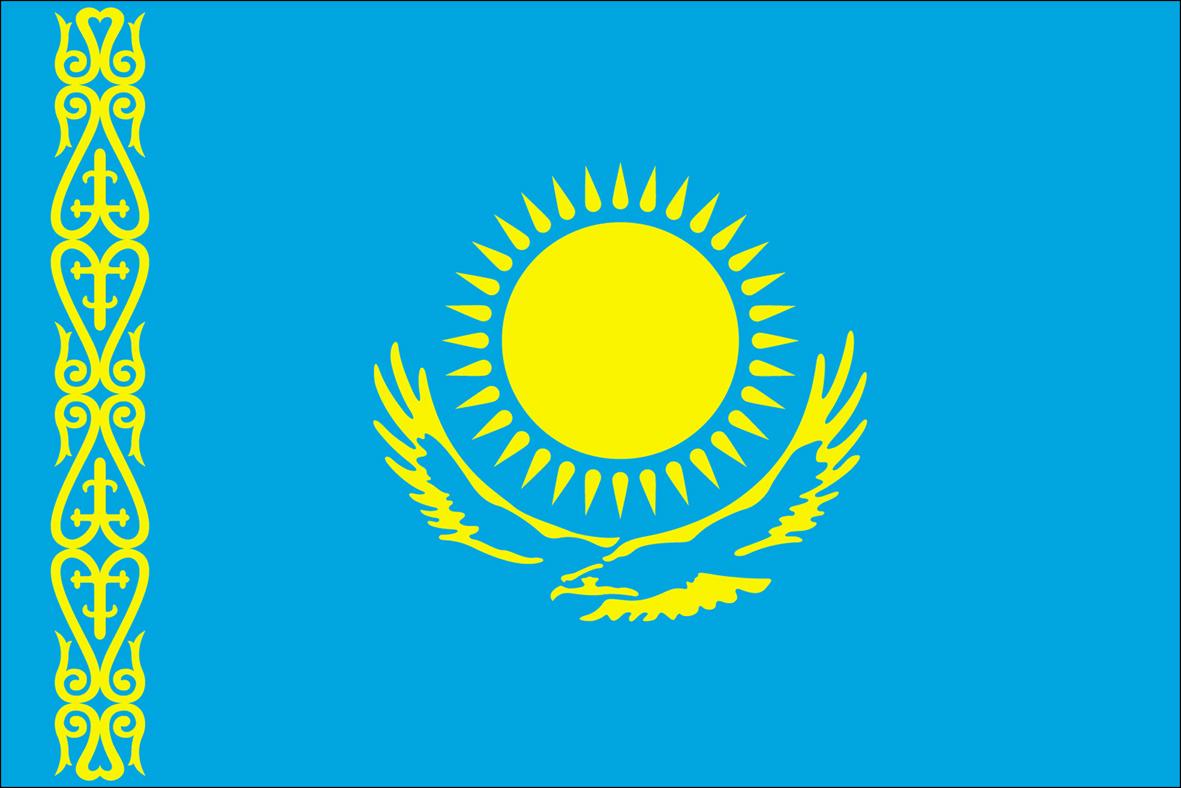The roots and routes of Himalayan Art
Along the “Grand Route”, an ancient caravan route which used to link the Kashmir region to Nepal and Tibet across the Himalaya, a large number of monasteries and temples can be found. The numerous religious artworks in the area are rooted in diverse traditions. Various Buddhist and Hindi representations of deities can for instance be traced to prototypes from the prehistoric Harappan culture in the Indus valley. Orally transmitted fables, which were later compiled in written works such as the Panchatantra and the Jatakas, were other sources of inspiration. Sacred sites, for example Mount Kailasha, were a model for stupas, the Ashokan pillars and temples in the Himalaya and beyond, up to the Borobudur in Indonesia. Himalayan art also absorbed numerous influences from other cultures, including from faraway countries whose artefacts reached the Himalaya via the Silk Road.




